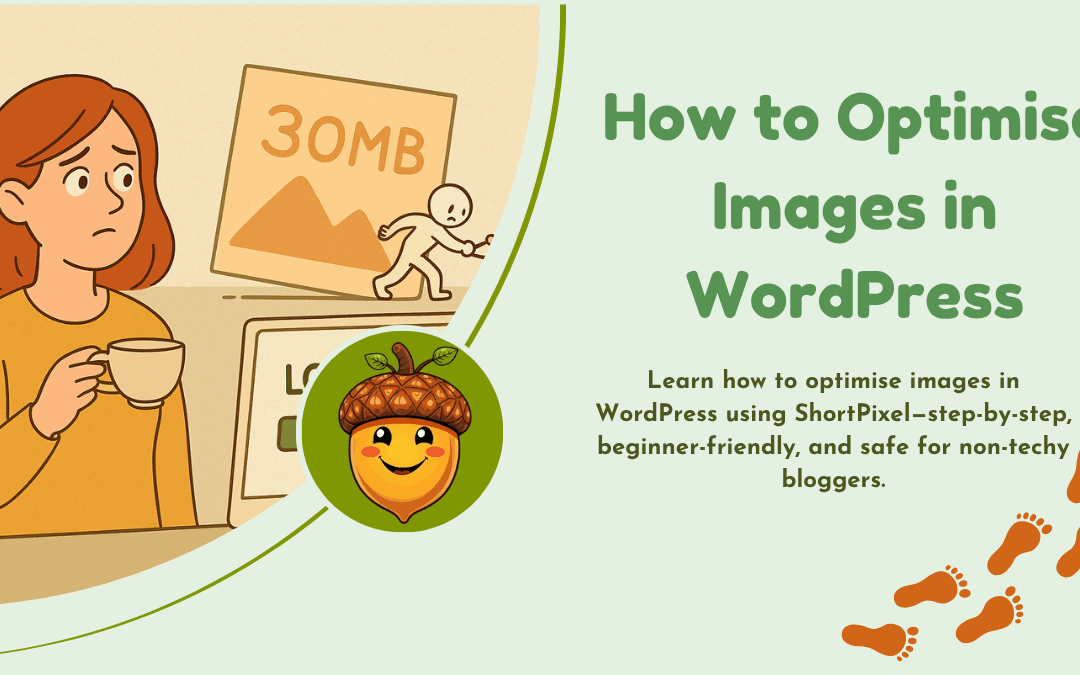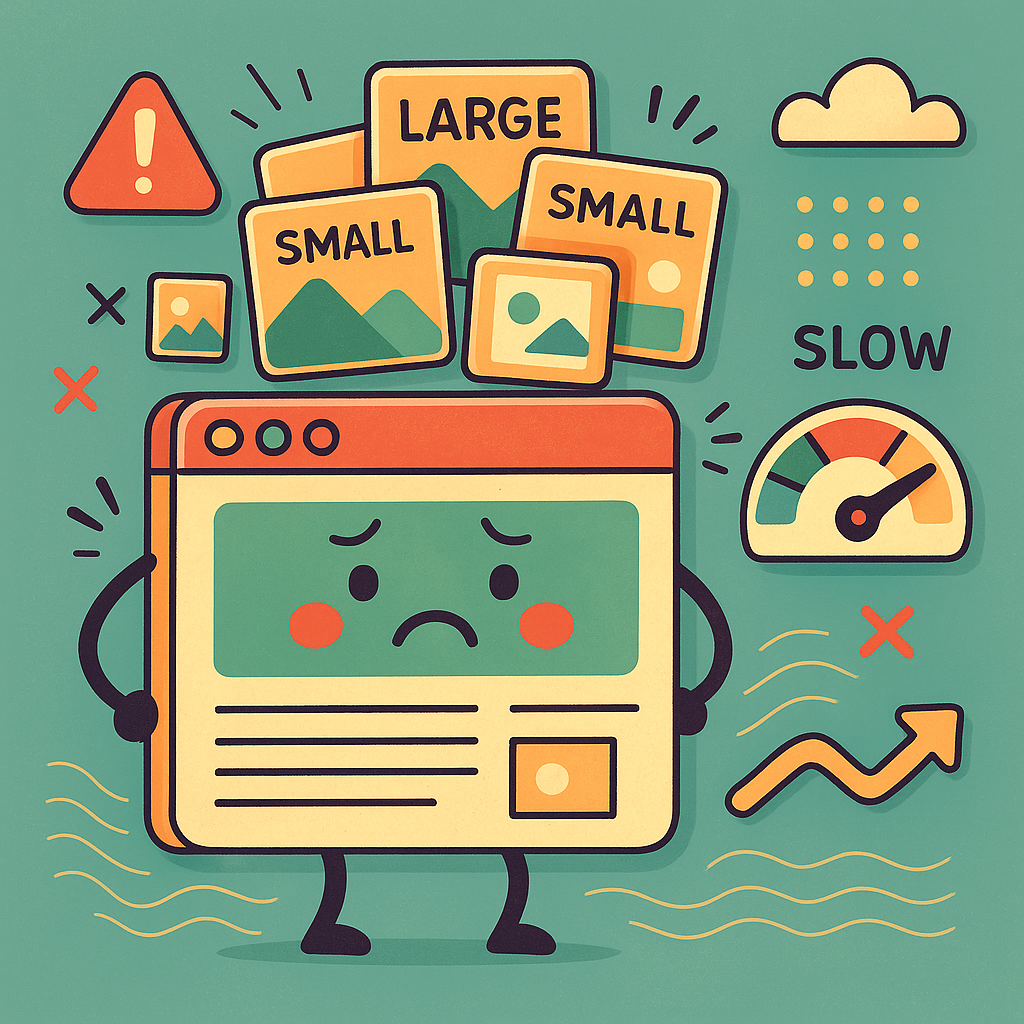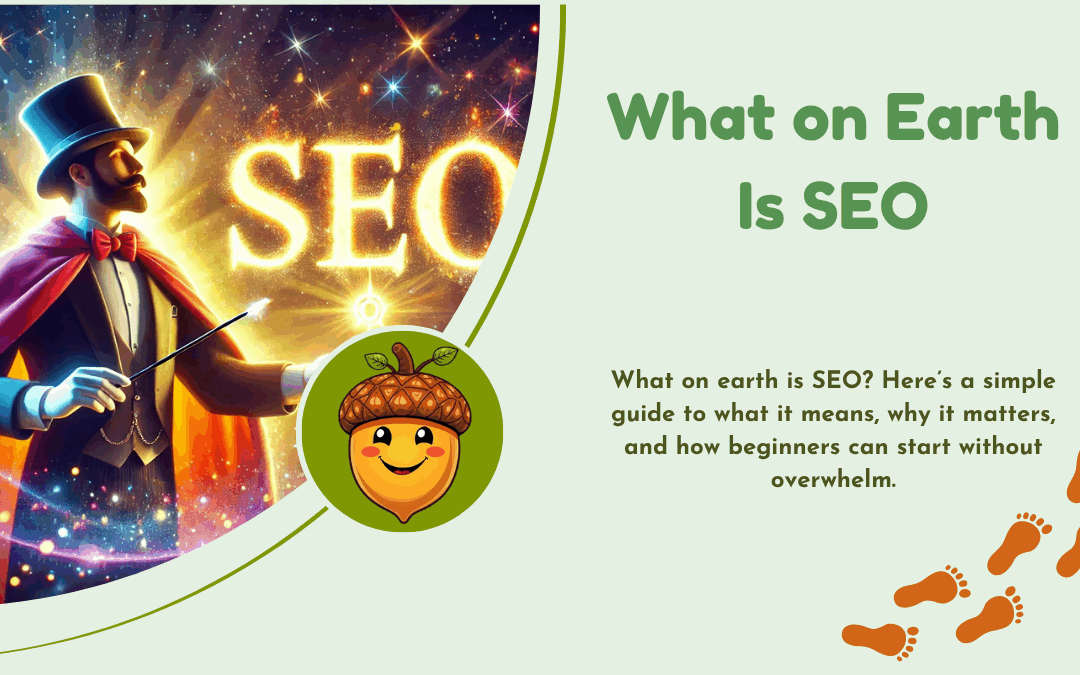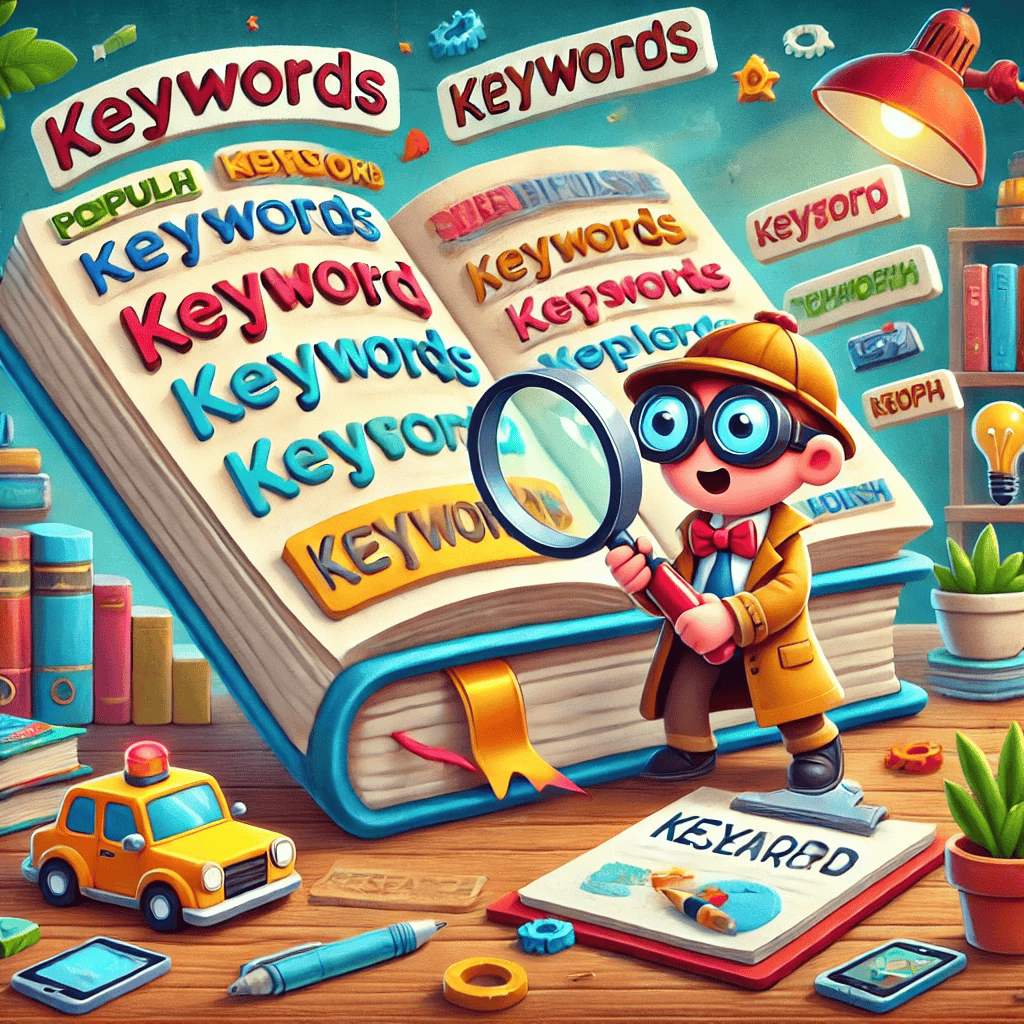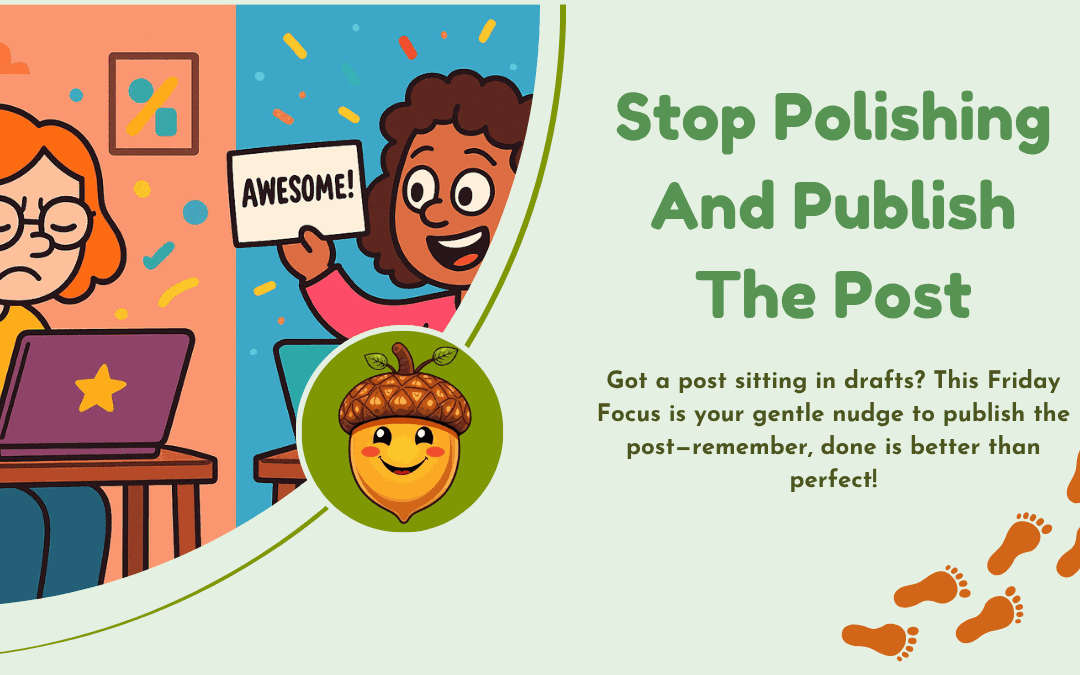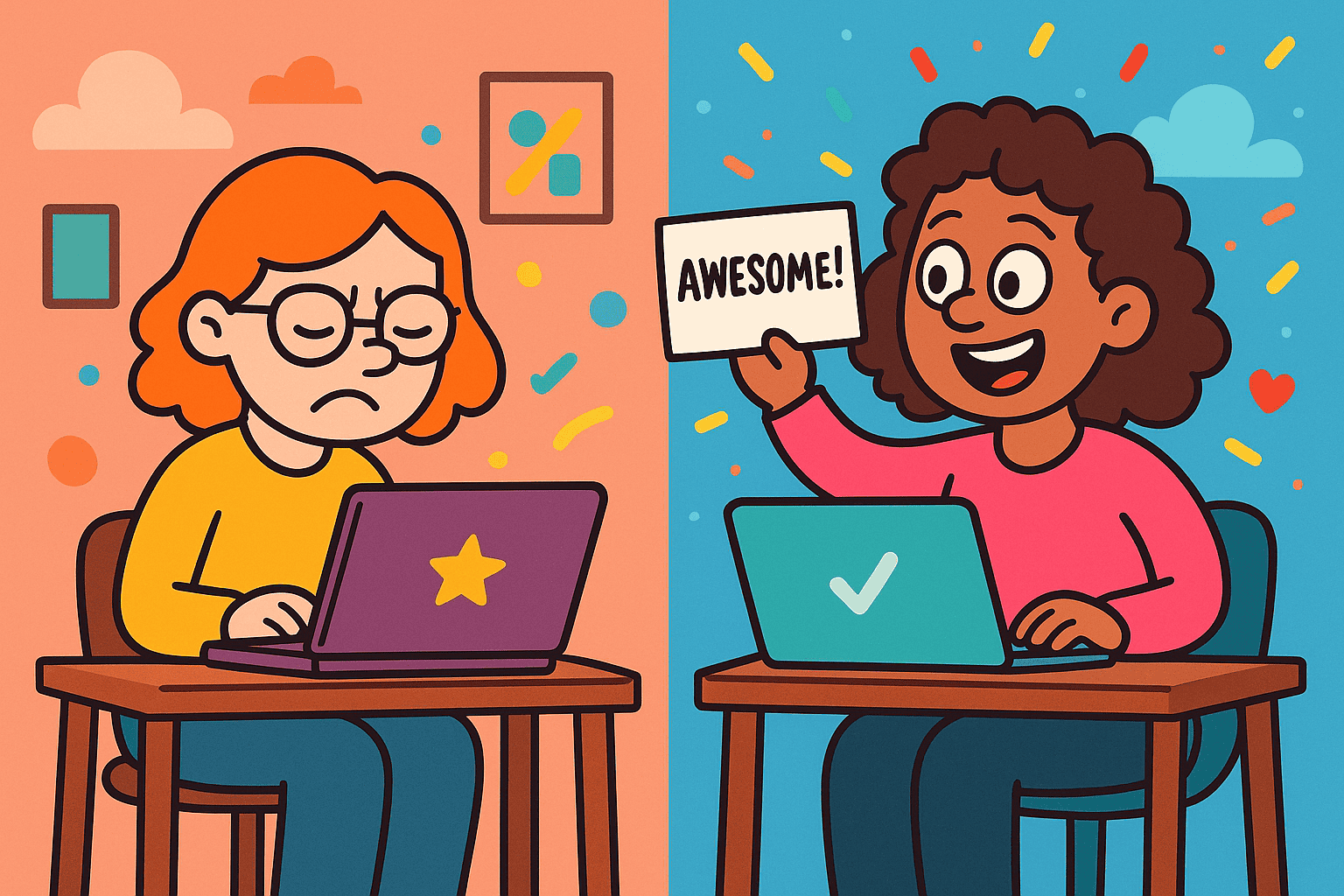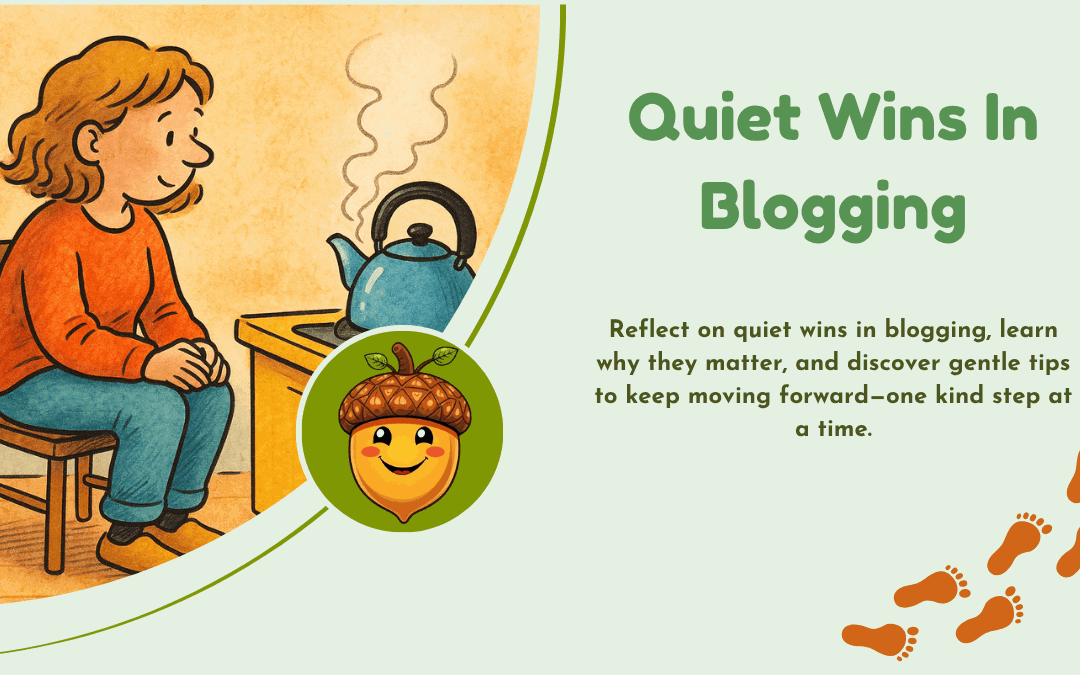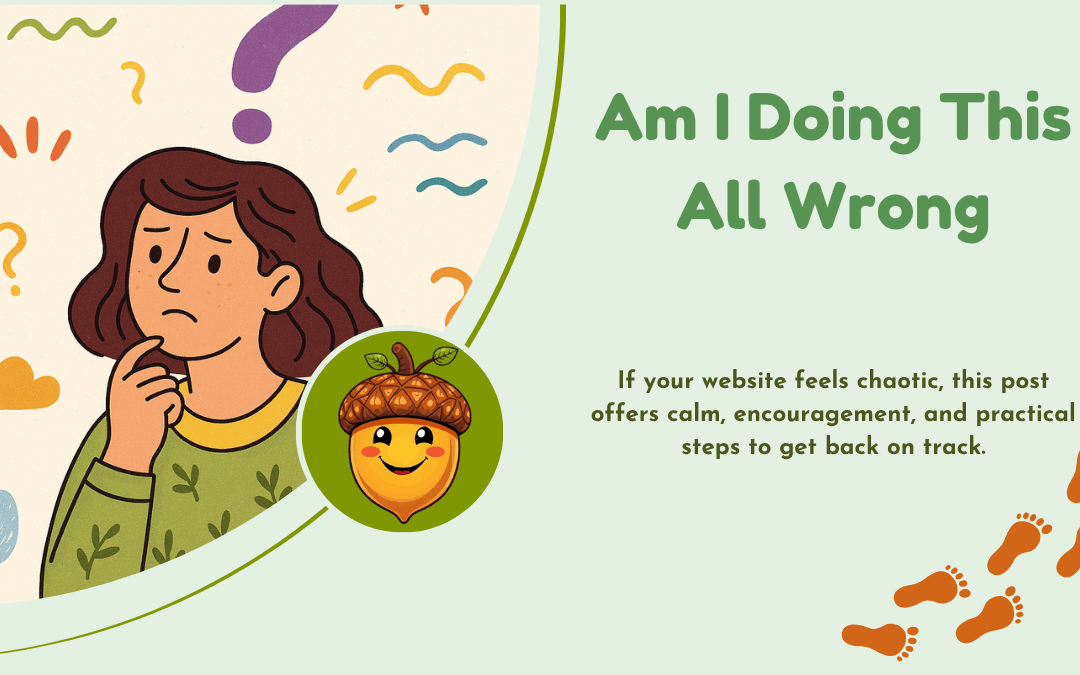
Am I Doing This All Wrong?
Some days, my website feels like a quiet little space I’m tending with care. Other days? It feels like a 400-room house with the windows open, half the furniture missing, spiders in every crevice and an unexpected goat in the kitchen.
This week I found myself knee-deep in Google Drive folders, rewriting posts I wrote two years ago, creating new featured images, checking SEO settings, trying to remember what RankMath even wanted from me — and wondering, Am I doing this all wrong?

If you’re building a website for the first time — especially in midlife or beyond — and finding yourself tangled up in plugins, image sizes, or too many tabs open at once, let me say this clearly:
You are not doing it wrong. You are doing it thoughtfully.
And that kind of building takes a little more time.
The Overload Is Real
When we set out to build something steady and lovingly online, we’re often met with more complexity than we expected.
Maybe you’re feeling this too:
- You’ve published dozens of blog posts, but now your fonts, headings, and images don’t match
- You’re learning SEO terms, trying not to glaze over every time you hear “meta description”
- You want your homepage to feel inviting, but can’t even remember which plugin controls the header
- You have folders of half-finished freebies, course ideas, or Canva designs — and no idea where to begin
The result? That creeping sense that everyone else has figured this out and you’re still pushing buttons hoping they do what they say they will.
Am I Doing This All Wrong?
Let me reassure you: This phase is normal. In fact, it’s often the quiet middle part of a bigger shift. You’re not floundering — you’re growing.
And while the internet is full of bold promises and fast-talking tutorials, most people don’t talk about this part — the part where learning feels slow, messy, and not very photogenic. This is the work that happens behind the scenes, when no one is clapping. This is where your foundation is being shaped.
We tend to underestimate how much mental energy it takes to juggle multiple learning curves at once — design, writing, SEO, structure — especially when tech isn’t your native language.
But it’s not about knowing everything; it’s about giving yourself room to learn in the open.
That’s courage, not weakness.
What I’m Doing Now (In Case It Helps)
The last couple of weeks I seem to have been constantly asking myself “Am I doing this all wrong?”
As a child I had a teacher who said ‘Jacqueline is her own worst enemy’. He was soooo right. Taking a step back and concentrating on things on my website that matter to me (not necessarily to anyone else!) is important
So I came to a decision; rather than trying to clean up every corner of my site at once to please the masses, I’m taking a slower, more structured approach. This week, my focus looks like this:
- Refresh 10 older posts with updated featured images, improved clarity, and gentle SEO tweaks
- Reorganise my Google Drive so I can actually find things again
- Stick to my existing publishing rhythm (one new post, already drafted)
- Leave the rest — videos, courses, tweaks — until I’ve made this part feel steady
This isn’t about giving up on the big picture — it’s about building the base strong enough to hold it.
A Gentle Reminder (Just For You)
If your website has started to feel like a to-do list instead of a creative space, please know this:
- You don’t have to do everything right now.
- You don’t have to do it perfectly the first time.
- And you are absolutely not too late or too lost.
Every time you edit a post, update an image, or simply open your site with intention — you’re moving forward.
If today all you manage is to fix one heading or name one folder, that is still progress.
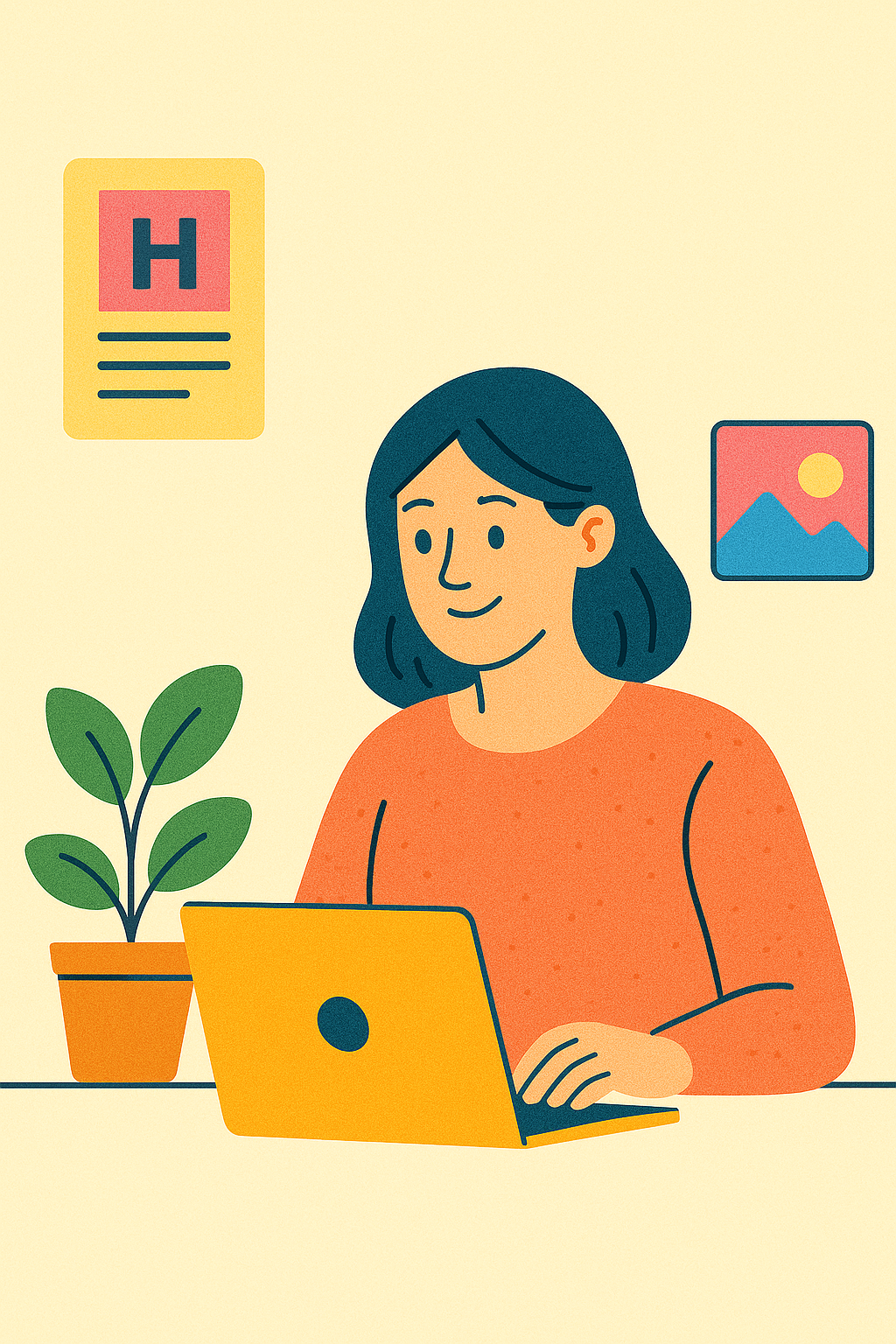
And Finally...
You are not doing this all wrong. You are doing it with care. And in this space, that matters more than anything.
You are allowed to build slowly. You are allowed to rest. And you are allowed to find joy in the small moments — like when a heading finally aligns, or your homepage starts to feel like somewhere you’d want to visit.
Trust that the clarity will come, not all at once, but gradually — and that your readers don’t need perfect. They need you. Showing up, trying, refining. That’s what builds trust. That’s what builds something real.
If you’d like to read more about the subject of ‘overwhelm’, here is another post that might help: Why successful creators are putting limits on themselves
I’d love to hear from you — truly.
Have you ever asked yourself, “Am I doing this all wrong?”
What part of the website-building process has surprised you, slowed you down, or maybe even made you proud?
Leave a comment below and share your thoughts. You’re not alone in this — and your voice might be the very encouragement someone else needs today.

